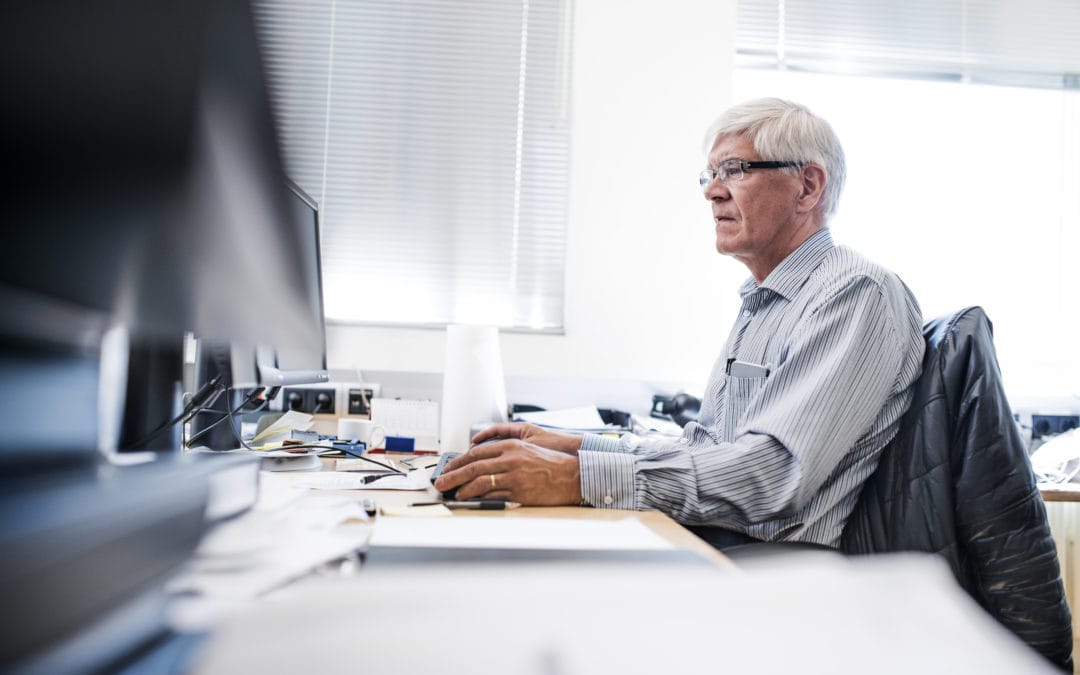Eighty-five percent of Americans experience back pain at some point, and a third of those will develop chronic back pain. Meanwhile, in some cultures back pain is virtually nonexistent. Is this a genetic issue, or are we doing something wrong?
One back surgery down and unwilling to have another, California acupuncturist Esther Gokhale was desperate for a permanent solution to her back pain. With the work of an anthropologist who studied the posture of many diverse indigenous populations, and with several physiotherapy methods under her belt, Gokhale set out on a 10-year journey to remote villages in such places as Ecuador, Portugal, and West Africa, photographing all she found.
Her first clue came from simply observing people as they engaged in daily life. Whether they were standing, sitting, working, walking, or carrying heavy jugs and baskets on their heads, their posture was remarkably different. Their backs were much straighter. Instead of the “S”-shaped curve of our modern American backs, Gokhale noticed that these backs looked more like a “J” (a much more shallow “S” is perhaps more accurate). This posture is also seen in early art, like the statues of antiquity, and even in anatomy books from the 19th century.
The purpose of the spine is to provide rigid support for the body and to protect the spinal cord and nerve roots that branch out from it. To understand how the spine works, it helps to think of it as a series of blocks stacked one on top of the other. The blocks, called vertebra, have shock absorbers between them called discs. The vertebrae meet at facet joints, and the column formed by the facet joints houses the spinal cord and the nerve roots. Like any tower of blocks stacked too high, the spine naturally has a stability problem. To address this, the spine has two crucial support systems—ligaments and muscles. Ligaments act like duct tape to hold the spine together and to limit motion. In addition to keeping the vertebrae together, the spine also needs to stay aligned. Otherwise vertebrae would slide past each other pinching nerves, causing pain and dysfunction. How the spine achieves this all-important alignment stability is through a group of muscles, called multifudus. Without these incredibly important muscles, each individual vertebra would become misaligned every time the body moved. When these small stabilizing muscles atrophy due to inactivity or injury, a vicious cycle of instability begins to cause instability that can lead to injury. The curve of the spine also assists in maintaining stability, as it allows it to distribute load more effectively.
What could be going on in other cultures that could be responsible for straighter backs and less back pain? Very simply, their spine-stabilizing systems are healthier and stronger because people living in these cultures are significantly more active—and significantly thinner. Atrophied multifidus muscles and excess weight result in more curve to the spine. People who need to fish or hunt for dinner, and who carry water and goods on their heads for miles as their ancestors did, have both epigenetic and environmental factors at work. These factors work in both directions, however. Gokhale used her observations to formulate a physiotherapy program designed to strengthen core muscles to improve posture. This helped to alleviate her own back pain, and many others have benefited from her program as well. Egoscue is another program focused on correcting posture and aligning the body by strengthening key muscles.
The indigenous people Gokhale studied had healthy backs because of their lifestyle. In our own culture, inactivity and overeating contribute to poor posture, which leads to back pain. It takes a concerted effort to return the spine to health, but patients who do so find themselves standing straighter and experiencing less back pain
“Why Do Some Cultures Have No Back Pain?” first appeared as a post on the Regenexx blog.
